Why Source Glass Bongs from China?

Table of Contents
- What is the advantage of China glass bongs?
- Are Chinese glass bongs really bad?
- American-made glass vs Chinese glass — what's the real difference?
- Does American glass function better than Chinese?
- Is glass made in China safe to use?
- What is the history of glass in China?
- What is the glass capital of China?
- Conclusion
What is the advantage of China glass bongs?
🚀 Key Advantages Deep Dive
- Lower landed cost thanks to mature borosilicate supply chains and standardized molds
- SKU depth: I keep 10k+ styles ready to mix and match (Recycler, glycerin, packaged series, etc.)
- OEM speed: Typical 20–25 days after sample approval
- Logistics & after-sales: 3–7 day delivery from our LA warehouse; photo → instant credit on breakage
- Compliance & marketing assets: Test reports, HD photos, packaging templates—done
Are Chinese glass bongs really bad?
🔍 Quality Control Standards We Enforce
- Wall thickness & annealing: 5 mm+ walls and proper annealing are common in serious factories
- Standard joints: 14 mm / 18 mm are consistent and interchangeable
- Batch consistency: We retain samples from every batch and measure wall thickness, flatness, and joint angle
- No-argue after-sales: If it breaks, I credit you. Period.
American-made glass vs Chinese glass — what's the real difference?
Quick Comparison Table
| Dimension | American-made | Chinese-made |
|---|---|---|
| Core strength | Art, limited runs, signatures, brand story | Cost, speed, SKU depth, OEM flexibility |
| Typical audience | Collectors, high-end retail | Wholesalers, chains, private labels |
| Consistency | Varies by artist | High (standardized joints, molds, QC) |
| Lead time | Long | Short (stock + 20–25 day OEM) |
| After-sales | Brand-dependent | I do photo → credit immediately |
Does American glass function better than Chinese?
🧪 What I Do to Guarantee Function
- Abuse the sample: I test water levels, pull resistance, drain, ease of cleaning—and send you videos
- Standardize parts: 14/18 mm, perc hole placement, joint angles, and thickness are all locked down
- Start small, then scale: Use LA stock + small OEM runs to validate before committing big
Is glass made in China safe to use?
🛡️ How I De-Risk It for You
- Material reports & third-party tests on request
- Batch samples & traceability codes
- HD detail photos so your team can inspect remotely
- Dedicated customs team — your risk is covered
What is the history of glass in China?
📅 Snapshot Timeline
- Traditional handcraft existed for centuries
- Modern borosilicate lines expanded for labware and cookware
- Cross-border eCom + specialization pushed the smoke-ware segment forward
- Today: hyper-specialized shops (perc drilling, color rods, frosting, packaging) make OEM fast and repeatable
What is the glass capital of China?
Conclusion
Frequently Asked Questions
Why are China-made glass bongs cheaper?
Are Chinese glass bongs safe?
How fast can I get OEM bongs from China?
Do American-made bongs function better?
What's the "glass capital" of China?
Explore More Content
Quick navigation to other sections for the complete purchasing guide
What Are Glass Bongs? (Definition & Parts)
Learn the anatomy—base, neck, bowl, downstem, perc—so you can read spec sheets fast and avoid mismatched components.
→ 2Why Source Glass Bongs from China?
Craftsmanship + scale = better margins. See why Chinese factories lead on SKUs, speed, and cost efficiency.
→ 3Types of China Glass Bongs
Beaker, straight tube, recycler, dab rigs—match each style to your buyer persona and bundle smartly.
→ 4Manufacturing Process in China
From borosilicate tubing to annealing and QC steps—understand the process to negotiate specs and tolerance.
→ 5Key Factors When Buying Wholesale
Thickness, joint sizes, MOQ, packaging. These details decide your landed cost and customer satisfaction.
→ 6Pain Points & Solutions (B2B)
Breakage, customs, old designs—real problems, practical fixes. Set policies and avoid drama.
→ 7How to Choose a Reliable Factory
Checklist: capacity, OEM ability, trade‑show creds, warehouses, after‑sales. Vet fast without missing red flags.
→ 8Logistics & Fulfillment
Lead times, FCL/LCL, overseas stock. Plan shipping windows and keep cash flow smooth.
→ 9Custom Branding Opportunities
Logos, color prints, boxes, media packs—turn commodity SKUs into a brand shops ask for by name.
→💬 Need glass pipes fast?
✅ U.S. warehouse ready to ship
✅ Over 10,000 styles in stock
✅ 100% breakage protection
📲 Click to chat with us now on WhatsApp!
WhatsApp us
